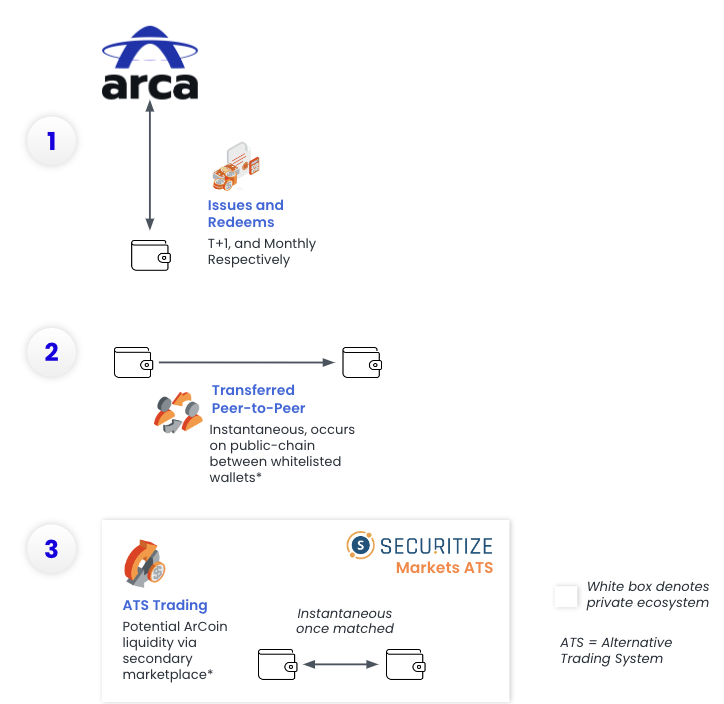Research Summary
The article discusses the current state of the Ethereum staking ecosystem, 250 days after Ethereum’s transition to Proof-of-Stake via The Merge.
- Demand for staking ether (ETH) has been high, especially after the successful launch of staked ETH withdrawals in the “Shapella” network upgrade. This has led to a long queue of people wanting to become Ethereum validators.
- The Shapella upgrade allowed validators to access their originally staked ETH and accrued rewards, leading to a significant withdrawal of over 1M ETH from the Beacon Chain. More than 20K validators requested full withdrawals within the first two weeks of the upgrade.
- Despite the initial rush of un-staking, there has been a surge of new deposits and validators waiting to be activated since early May. The entry queue has reached its highest level since the Beacon Chain’s genesis in December 2020, with a total of 64K validators eagerly waiting to participate.
- The yield from staking activities has reached its highest levels since The Merge due to a surge in demand for Ethereum blockspace and subsequent fees paid by users. The average performing validator can still expect returns of 5–6% at current fee rates.
- Lido, the largest player in Ethereum’s liquid staking landscape, went live with Lido v2, enabling stETH withdrawals and introducing Lido’s staking router. This has been a significant event due to Lido’s dominant position of underlying pooled ETH held among its validators.
- The article also highlights the risks associated with staking, including regulatory, technical, and operational risks. It mentions the first ever inactivity leak period—an effective emergency state that kicks in when more than ⅓ of validators suddenly go offline preventing finality for more than 4 epochs.
- Despite these complexities, the transition to Proof of Stake and the successful launch of the Shapella upgrade have bolstered confidence in the Ethereum ecosystem. The future looks promising for Ethereum staking, offering participants the potential for both financial rewards and active involvement in securing and supporting the network.
Actionable Insights
- Monitor Staking Demand: The high demand for staking ether (ETH) following the successful launch of staked ETH withdrawals in the “Shapella” network upgrade indicates a strong interest in becoming Ethereum validators. This trend should be closely monitored.
- Assess Validator Behavior: The significant withdrawal of over 1M ETH from the Beacon Chain following the Shapella upgrade shows that validators are keen to access their originally staked ETH and accrued rewards. This could influence future validator behavior and should be taken into account.
- Stay Informed on Staking Yields: The yield from staking activities has reached its highest levels since The Merge due to a surge in demand for Ethereum blockspace and subsequent fees paid by users. This could attract more participants to Ethereum staking.
- Consider the Impact of Lido v2: The launch of Lido v2, enabling stETH withdrawals and introducing Lido’s staking router, is a significant event due to Lido’s dominant position of underlying pooled ETH held among its validators. This could have a major impact on the Ethereum staking landscape.
- Understand Staking Risks: The article highlights the risks associated with staking, including regulatory, technical, and operational risks. It is important to understand these risks when participating in Ethereum staking.
- Monitor Ethereum’s Progress: The transition to Proof of Stake and the successful launch of the Shapella upgrade have bolstered confidence in the Ethereum ecosystem. The future looks promising for Ethereum staking, offering participants the potential for both financial rewards and active involvement in securing and supporting the network.













